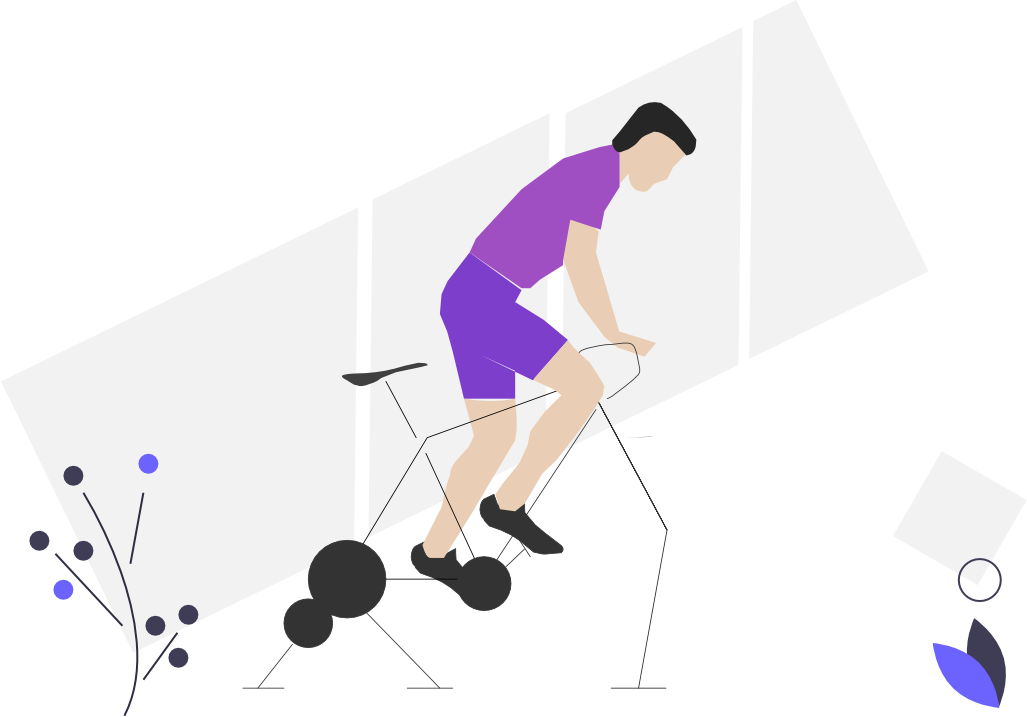
This post is a continuation of earlier post on Cadence. As discussed in part one of the post, the goal of cadence improvement is to find your optimal cadence that offers the best running economy.
Please see the Part 1 of the post here
Cadence improvement, unlike stride length is not only a function of power and strength. It is also a skill and function of neuromuscular coordination. Learning to run at a higher cadence involves training our neuromuscular system to activate faster, but without causing much fatigue. Training for Cadence involves two aspects of running:
Cadence improvement can be introduced into training in two ways:
Let’s start with the simplest of all cadence drills, Coach Jeff Galloway’s Cadence Drill (CD). Idea behind this drill is to improve the coordination between feet, legs, nervous system and our internal timing mechanism. CD involves the following.

Hill repeats are a staple for cadence training and improving force generation. Running up the hill requires that we have to fight gravity, and it is natural that we reduce the stride length and increase the cadence. Also when we run up the hill, the distance the front foot travels downwards is lesser and we cannot fully extend our hip/knee/ankles easily. Hence it trains us to generate more force to get the full extension to run faster. Increased force generation will help in improved cadence and stride on level ground.
Both of these methods work only on leg turn-over, hence not the best when compared to other methods. Running with just leg turnover as the focus, often results in reduced stride length. So do watch out.
This is one of my favourite drills. A-Skips involves learning to coordinate your legs and arms better, move the feet quickly and landing efficiently and stabilizing on midfoot. All of these will help in improving cadence. Here is a short video of Coach Hari showing how to do A-Skips.
High knees is a useful drill to improve cadence. High knees will help in improving coordination between feet and arm movement, faster leg turn over and midfoot landing. Coach Hari showing how to do high knees in the video below.

Cyclists are well known to work on Cadence to improve their speed and efficiency. Biking cadence drills can help with faster leg turnover. Standing on a stationary bike or a trainer (as shown in the illustration) with high-resistance and bike at high cadence (close to 90 RPMs) in intervals of 30 to 60 seconds duration with one-minute recovery. Alternative is to do seated biking with high-cadence bike intervals (100 RPMs) for upto to five minutes with equal recovery.
Agility drills are very effective to improve coordination skills. Most long distance runners don’t train for agility, and struggle with lack of coordination which often can also lead to injuries. Agility drills help in reducing Ground Contact Time and improving leg turn over.
Start with your feet hip or shoulder width apart, and move your feet quickly in place raising through your mid-feet. Keep your body low through the drill. It primarily works on your leg speed. You can try different variations (see the videos below) by moving your elbows in-sync with the feet.
Straight-leg run is an excellent way to promote a mid-foot strike while practicing quick turnover and improving coordination. Keep your legs straight with no bend at knees, and keep your toes pointing up run forward with landing on midfoot, while moving elbows in sync.
Ladder drills are similar to agility drills, with the added challenge of running on a ladder to work on coordination. These are very effective in reducing ground contact time and improving leg turn over. Here are some of the ladder drills that I recommend for cadence.
Similar to Fast feet drill we saw earlier, but doing it on a ladder.
Forward in & outs primarily works on improving the speed quads by working the adductors and abductors in quick succession.
Training methods mentioned above will definitely help improve your cadence. However, when running longer runs or during races, often we switch back to our older levels of cadence that we are used to. This can happen during initial weeks of cadence training, as the cadence is not yet naturally adapted by the runner yet.
Mindful running with Cadence will help. Here are some mental cues that you can use -
Cadence and Stride length are two variables that will help with better running performance. As a runner, we would like to improve on both variables. Are there scenarios where we need to choose one over the other? A useful analogy is how car gears and acceleration works. When driving a car, using lower gear but higher acceleration when going uphills is most efficient, and when driving down a slope, using higher gear and lowering acceleration is sensible to do. Similarly running with a higher cadence when going uphills and using longer strides when going downhills is an efficient way to balance both. Building a good perception of what cadence you are running at, is a useful skill for every runner to have.
Here is the YouTube Play list of all the drills referred in this post.
References:

Aravind is a techie, running geek, and a marathoner. He is a CrossFit Level 1 Trainer. He loves all things technology and technology in running, with special interest in running form analysis.

With inputs from Coach Hari. Hari Babu is the founder and chief coach at CrossFit ZOH, and is certified NSCA CPT/ ACE CPT. He has a background in national level competitive running and Black belt (Shodan) at Bujinkan Ninjitsu.